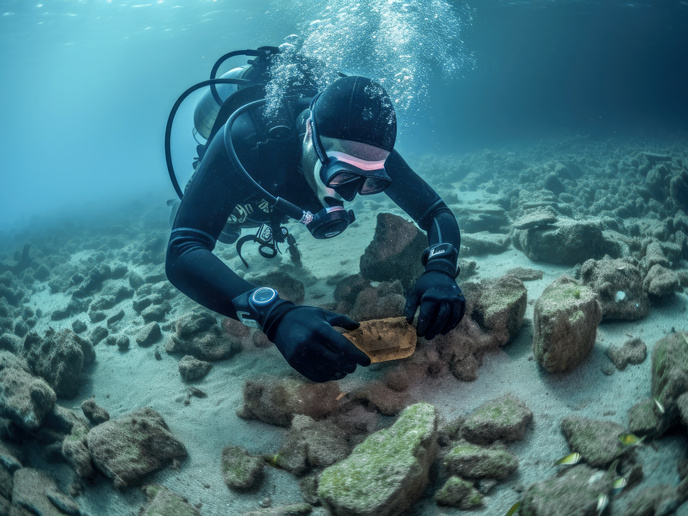Protecting heritage objects for future generations
Museums around the world contain a huge variety of heritage objects, providing us with a better understanding of past civilisations and culture evolution. When it comes to their protection, existing preventive conservation strategies in museums, galleries and cultural institutions rest on environmental guidelines set about 50 years ago by conservators and curators. They were devised in the absence of a professional body and of a normative standard based on an understanding of material properties and the degradation phenomenon. “These guidelines can be applied – or not – depending on the economic and staff capacity associated with each cultural institution,” notes CollectionCare project coordinator Angel Perles. Advances in the understanding of the characteristics and behaviour of cultural materials in recent decades has led to such guidelines being revisited. “Nowadays, degradation models are an objective, reliable and handy tool to predict how materials will behave in time in a given environment as well as potential risk scenarios to be avoided,” outlines Perles. In this context, the EU-funded CollectionCare(opens in new window) project set out to merge research on degradation models with the effective monitoring of environmental parameters. It aimed to process this large amount of collected data to provide an estimation of both the evolution of the degradation of the object, as well as warnings and recommendations to ensure safe environments for their proper conservation in the mid-to-long term. The approach taken in the project sought to make environmental control accessible to all kinds of collections, especially small-to-medium ones – a goal(opens in new window) of the EU.
Monitoring objects’ environmental conditions
Three technological pillars formed the heart of the project: first, the compilation and adaptation of degradation models and conservation standards for the various materials targeted by the project; and second, the design of a low-cost sensor capable of monitoring cultural assets in complex museum spaces. “The third pillar was the development of a cloud-based platform to process degradation models, preventive conservation standards and environmental data collected, to provide analysis results to museum staff through a simple web interface, making environmental monitoring data and degradation predictions of multi-material objects accessible to the vast majority of collections,” explains Perles. The work of the three pillars was integrated, validated and evaluated. “Demonstration of the work was carried out in the six different partner museums of the project, covering different types of objects and collections as well as different types of buildings and rooms which also included different scenarios such as exhibition, storage and transport,” confirms Perles. From this foundation, the CollectionCare(opens in new window) system was born. The experience was extremely satisfactory for those who participated. “The system allowed them to continuously monitor different environmental parameters in different spaces – even those difficult to access – and to provide real-time data, alarms, degradation predictions and preventive conservation recommendations though a user-friendly platform,” emphasises Perles.
Advancing conservation practices
The CollectionCare approach will have a significant impact on day-to-day preventive conservation practices within museums and collections. They pave the way to more informed decisions (and degradation and eventual risk avoidance) and make the collections more sustainable in terms of energy efficiency and climate change. Preventive conservation is still the great unknown to the general public and a change in attitude is needed. “CollectionCare aimed to contribute to that change by making society understand how cultural objects degrade, how important it is to be able to predict such damage and how preventive conservation strategies can minimise (or even avoid) such potential risks,” concludes Perles.







